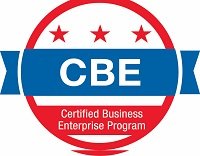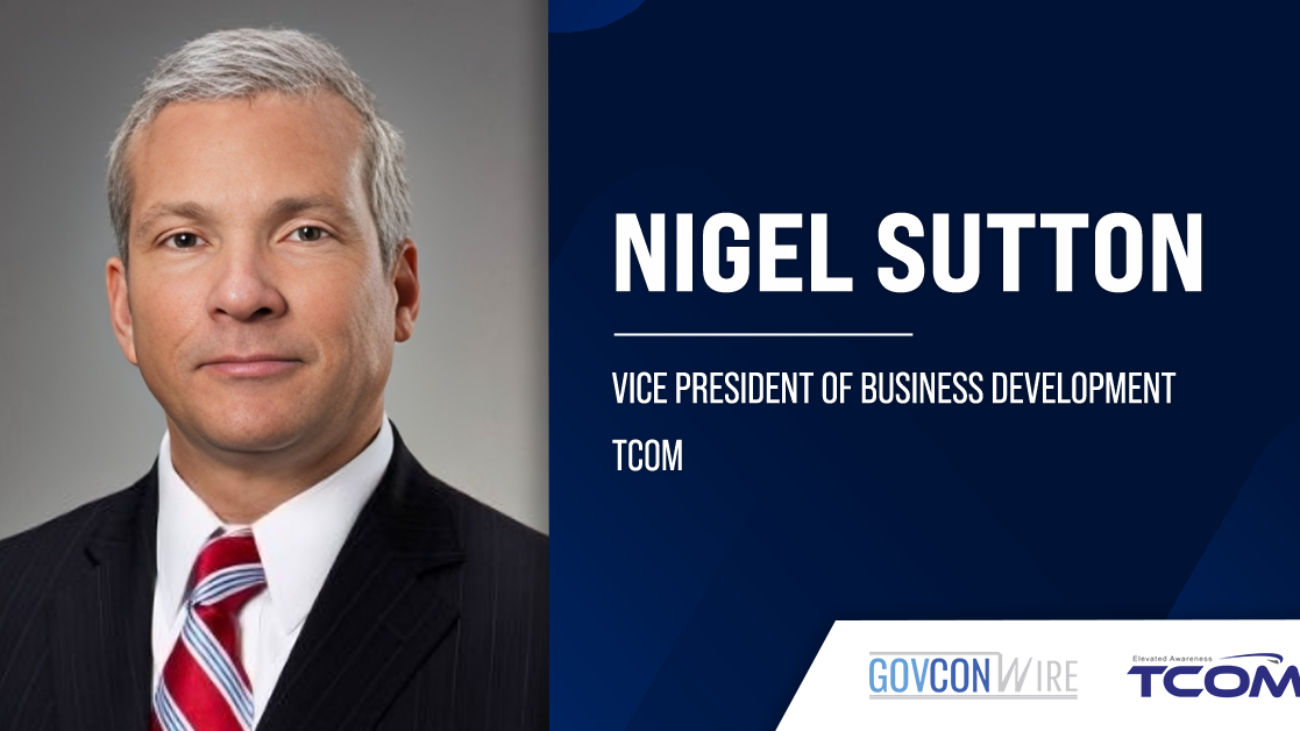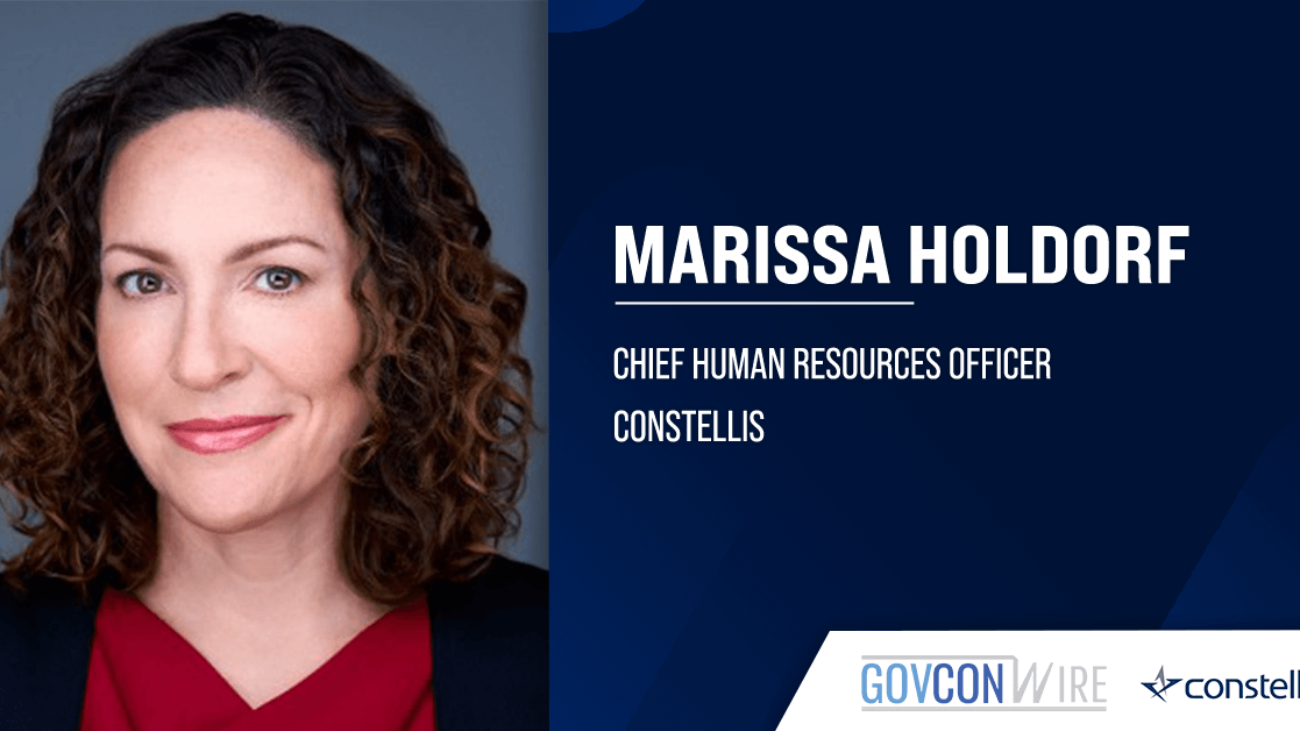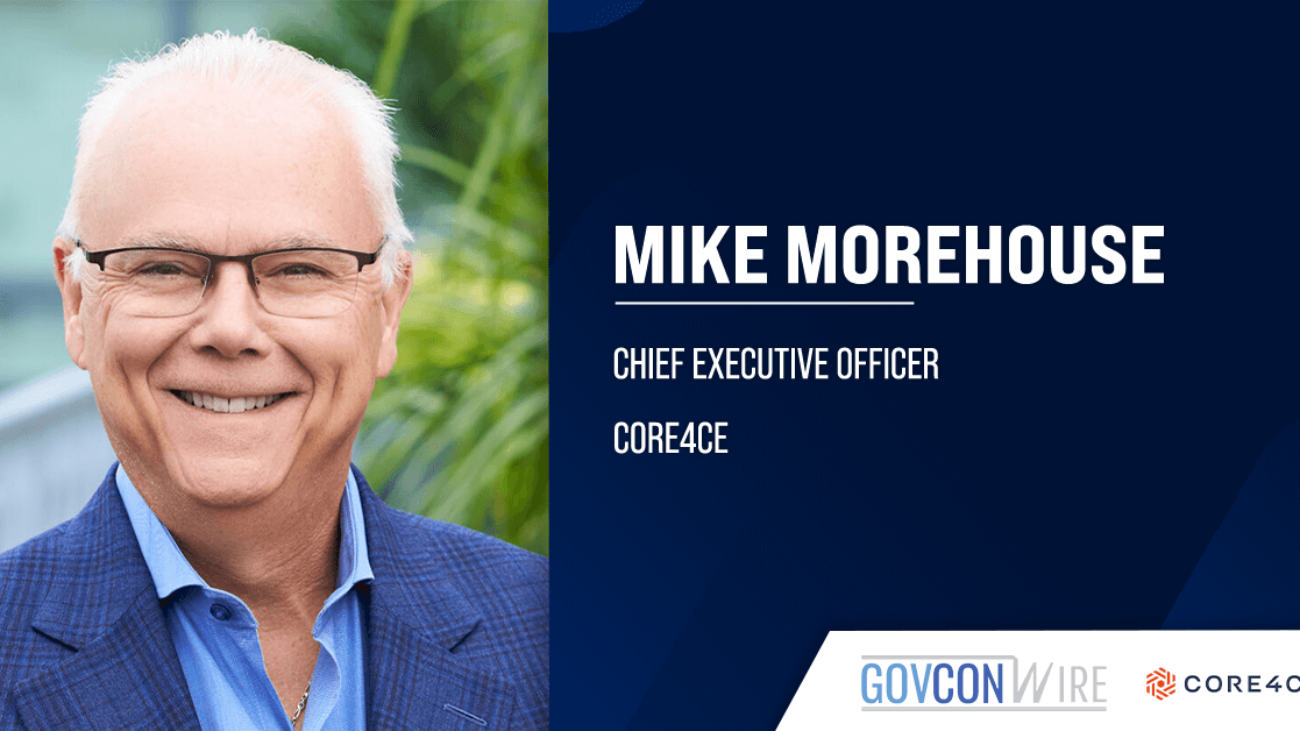- The Postal Service is planning to make fewer seasonal hires for the holidays this year. USPS expects to make 7,500 temporary hires for its busy year-end peak season. USPS made about 10,000 seasonal hires last year. The agency said it doesn’t need to surge up staffing around the holidays because it’s converted many of its pre-career employees to career positions in recent years.
- In Alaska, Hawaii and U.S. territories, agencies are consistently struggling to hire and retain federal workers. A new report from the Government Accountability Office said that’s due to a combination of factors, like a high cost of living and limited options for childcare. On top of that, GAO found that some feds are running into difficulties getting relocation incentives from the government. GAO said agencies that are trying to recruit in those states should look at ways to implement more workforce flexibilities.
- More employees at the Department of Labor will soon see changes to their in-person work requirements. Labor employees outside the nation’s capital will have to report to the office at least five days per two-week pay period, beginning Dec. 1. The changes come after many other agencies have implemented new return-to-office requirements for their workforces. But the American Federation of Government Employees, the union representing those workers, is raising concerns about the negotiations process. They’re asking department leaders to bargain in good faith over return-to-office policies.
- A State Department modernization panel is coming into focus with White House appointees. President Joe Biden intends to appoint four members to the State Department’s Commission on Reform and Modernization. All his intended picks are former State Department officials with decades of experience. One of them briefly served as coordinator for the State Department’s investigation into cases of so-called Havana Syndrome. Lawmakers created the panel in fiscal 2023. The commission has 18 months to examine the challenges of modern-day diplomacy and issue a final report to Congress and the President.
- The Office of Information and Regulatory Affairs (OIRA) is developing guidance for agencies to make sure they handle commercially available information containing personally identifiable information safely and securely. In a new request for information, OIRA is seeking comments from industry, agencies and other experts on how best to mitigate risks of artificial intelligence systems using this commercial data. OIRA outlined 14 questions, including about agency transparency and processes in handling this data, to consider as part of this RFI. Responses to the RFI are due by mid-November.
- The National Archives and Records Administration (NARA) previews a new strategic plan. NARA plans to embrace a digital future under its forthcoming strategic plan. National Archivist Colleen Shogan laid out her priorities for the new strategy in a framework document released last week. Shogan said the Archives needs to develop the infrastructure required to support a growing body of electronic records. NARA also plans to adopt artificial intelligence and machine learning to improve data management and boost access to records. And Shogan also wants the Archives to focus on improving the user experience.
- A leading defense industry group is taking a close look at the Pentagon’s recently finalized Cybersecurity Maturity Model Certification (CMMC) rule. Aerospace Industries Association President Eric Fanning said AIA is still reviewing the final rule. But he called for the Defense Department to balance security with the need to minimize barriers for industry. Fanning also called on DoD to improve the identification of sensitive data that would trigger CMMC requirements. While the Pentagon has finalized the CMMC program rule, it doesn’t plan on finalizing the corresponding contract requirements until next year.
- The Army set an ambitious goal of bringing 61,000 new recruits into its ranks in 2025. The service also wants to bring 10,000 recruits into its Delayed Entry Program in 2025. Army Secretary Christine Wormuth said the “goal is ambitious, but it is achievable.” In fiscal 2024, the Army recruited 55,300 new soldiers, barely surpassing its target. It also exceeded its goal to bring 5,000 new soldiers into the delayed entry program. Currently, the service has about 11,000 people in the program, giving recruiters a head start for fiscal 2025.
- Since becoming operational in December 2023, the Army’s Office of Special Trial Counsel has reviewed 3,300 investigations, referring 67 cases to court-martial and prosecuting 32 cases, with 29 resulting in convictions. The office handles 13 serious offenses under its jurisdiction. Starting in January 2025, sexual harassment will be added as a covered offense, giving the OSTC the authority over those cases as well. The Defense Department also tasked the Army Office of Special Trial Counsel with preparing an annual report to Congress and prescribed approximately 45 performance measures to gather data and assess the office’s performance.
Copyright © 2024 Federal News Network. All rights reserved. This website is not intended for users located within the European Economic Area.



















